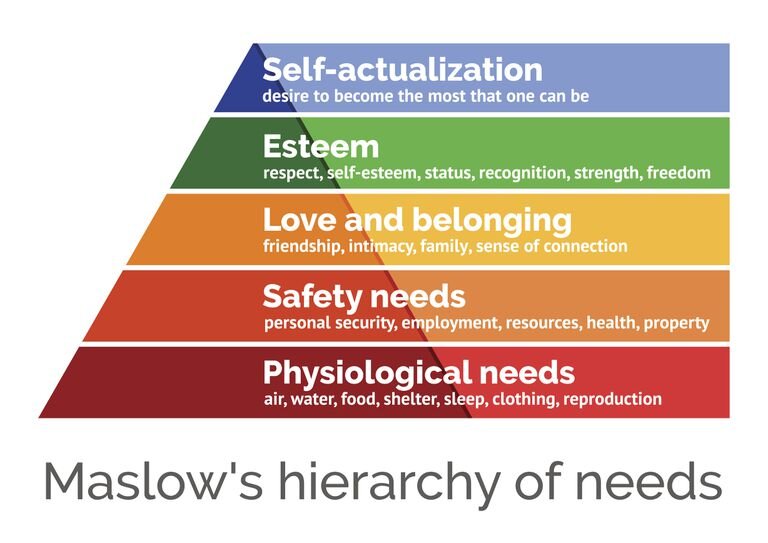Black Female Teachers Struggle In Indiana; Let Me Tell You Why...
How are African American female teaches supposed to give 110% when their basic needs are not being met? Maslow's higher-order theory about human needs comes into question when our basic needs are not being met.
Finding Food in Indiana
Living in the state of Indiana is a struggle for many teachers. In the order from bottom to the top of Maslow’s' pyramid, there are biological requirements for human survival. In Indiana, there are an estimated 200,000 residents who live in food deserts. Being in one of the largest food deserts in Indianapolis, we struggle to travel to the depths of town just to get food. “Families in low-income areas, are more likely to be in poverty and less likely to have one car per adult.” which makes traveling for food a challenge. Many households in these areas have no access to a vehicle, and rely on public transit.” This is very stressful because fresh fruits and vegetables are not found in low-income areas and it makes eating healthy close to impossible. This is just the basic level of Maslows needs, how can teachers of color move to a higher level of needs when food is such an issue in the state?
Low Wages and No Opportunities
Next, there are safety concerns, women of color are in fear of losing their job. According to the National Center for Educational Statistics, in 2012; in the state of Indiana, there were 64,000 teachers with 4.2% African American 2.7% Hispanic and 92.6% White. In the state of Indiana, there is a real problem with the unwritten rule. Among black female educators that live in the state there is an unwritten rule; if you are employed as a teacher consider yourself lucky because you have a job. There are two strikes against African American women, “the double negative” the intersections of gender and race.
Trouble Finding Love
Then there’s love, relationships are necessary but according to the NAACP, “African Americans are incarcerated at 5 times the rate of whites.” The opportunity for finding love is out there but high incarceration rates of African Americans' racial disparities continue to persist. We also know; nationwide that the imprisonment rate for African American Women is twice that of white women.
This map shows block groups that are food deserts (purple areas) in Indianapolis
Then there are esteem needs, which are consistently challenged daily. All the African American women I know have strong external shells, but struggle with feelings of imposter syndrome and have worked hard to get where they are and deserve a seat at the table. From disrespectful conversations with parents, students, and faculty at work to microaggressions from white men and women daily. This level is a consistent struggle for me. Check out Unmasking Microaggressions by Sarah Perowne, its a D.E.I toolbox of support.
Last is Self Fulfillment and needs. The term, “Working twice as hard to get half as far” continues to loom in schools, many times African Americans women are not privy to these networks put in place that allow for white women to be successful in school systems as teachers. With 4%, as I said before even though many African Americans are certified, “They don’t hire us.” African American teachers have resorted to Charter Schools which will at least give them an opportunity but will be the first to dismiss them and find someone else looking for an opportunity to make a difference.
In Poverty & Barely Surviving
The United States has a long way to go for Maslows' basic human needs to be met by African American teachers in Indiana. I hope it does not take another 25 years to get it right. Also, the pay gap between black and white families and how African Americans are still living below the poverty level. In 2018, still, 26% of Black families live below the poverty level compared to 10% of their white counterparts in the state of Indiana. The poverty level for a family of four is 25,750. The African American family unit in Indiana is barely surviving and far from thriving.
Support businesses in Indiana: https://www.websiteplanet.com/blog/support-black-owned-businesses/
Sources:
http://www.savi.org/2018/11/29/estimated-200000-indy-residents-live-in-food-deserts/
NAACP- https://www.naacp.org/criminal-justice-fact-sheet/
Odyssey- https://www.theodysseyonline.com/maslow-and-blacklivesmatter
National Center for Educational Statistics- https://nces.ed.gov/surveys/sass/tables/sass1112_2013314_t1s_001.asp


